
A few years ago I started getting very intrigued by facial oils. As someone with oily, acne prone skin it took me some time to realize that even my skin could benefit from the use of facial oils. At first I was sure that they were only for dry skin and would make me break out. But once I started using facial oils I was hooked. I even tried my hand at mixing up my own serums which was only fairly successful. Some things are best left to the professional skincare makers.
Everyone, no matter their skin type, can benefit from using facial oils. You just need to find the right one for your skin. For some people they can even the replace the need for a facial moisturizer.
Facial oils leave my skin soft and give it a great glow without feeling heavy. Some times I put a drop or two directly on my skin or layer on top of my moisturizer. You only need a little bit when using a facial oil so this actually can be quite a cost effective skincare product.
Recently I had the opportunity to try facial serums by Charelle. The company was founded by Sima Herzfeld Navon, an aromatherapist, and Dr. Pnina Farkas, a cosmetic dermatologist. These all natural products aim to bring together the best of a chemical free skincare philosophy with Western skincare science. I was certainly intrigued by the fact that a dermatologist would come out with all natural skincare product line.
Currently, the company sells 2 serum lines and a facial soap. The Bria serums (one for AM and one for PM) are meant for women 35 years old and over, while the Golden Glow serums (also has AM and PM versions) are for women 50 years old and over. While I prefer to recommend skincare products based solely on what the skin needs and not a person’s age, the reasoning behind dividing the serums based on age comes from the amount of estrogen in the body. As you probably already know, as we age the amount of estrogen in the body (and the skin) decreases which can lead to dry skin and wrinkles. The ingredients in the serums are meant to help combat this skincare issue and so dividing their use by age becomes more important.
The serums are available in AM and PM versions. The PM version contains ingredients that are be photosensitive and as such should not be used during the day. These products are a mix of plant and nut oils along with essential oils which makes them not just great for your skin but mood enhancing as well because of the scents.
I tried all 4 serums and loved them. While the scent can be quite strong in some of the serums it does fade over time. A little bit goes a long way with these serums which is great. They left my skin soft and smooth and with a wonderful, healthy glow. Over time I am sure that they can help the skin look younger.
I also had a chance to try the Visage Exfoliating Cleanser and was happily surprised how soft my skin felt after using it. This soap is highly recommended especially for people with dry skin.
All the products can be easily purchased through the company’s website. If using all natural, chemical free products is important to you definitely check out these products. If you are looking for a facial serum I recommend giving Charelle’s a try. I was definitely happy I used them.


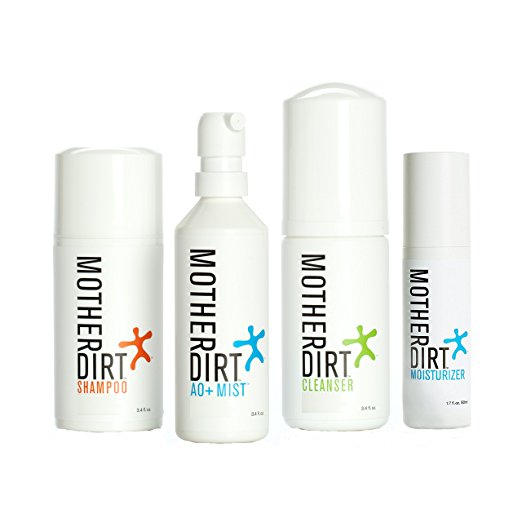
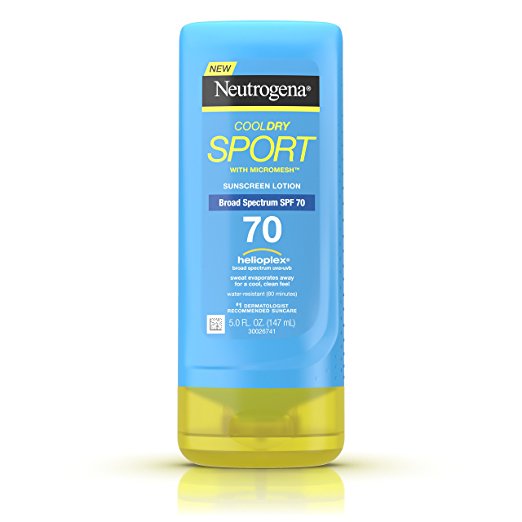
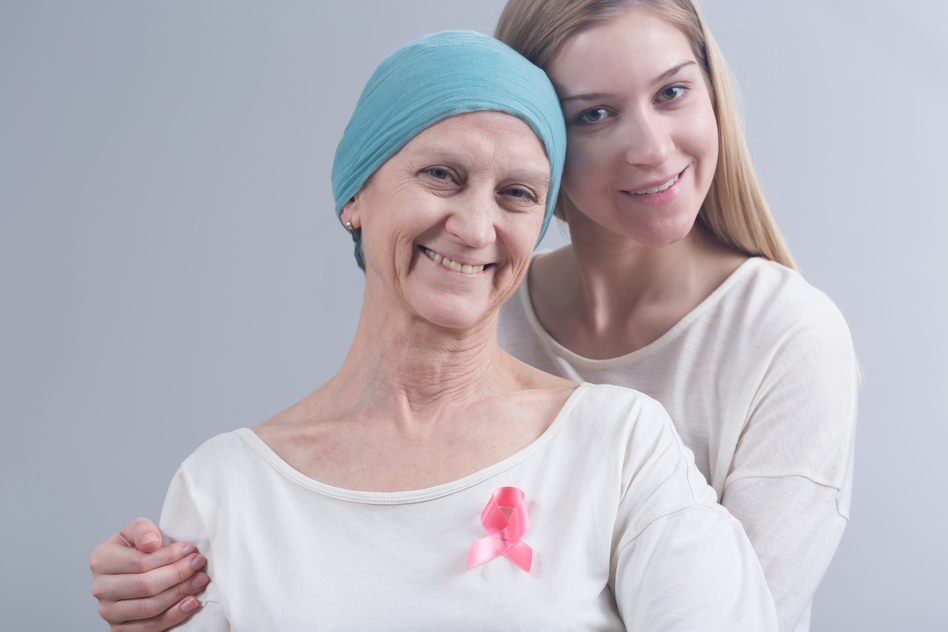

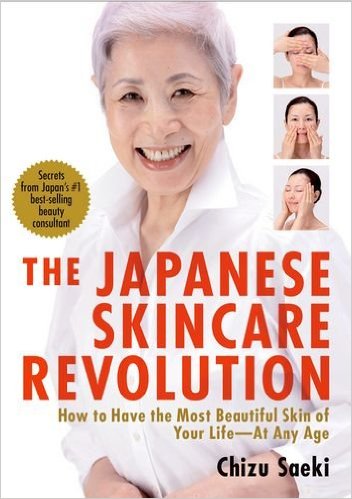 I had wanted to read
I had wanted to read 
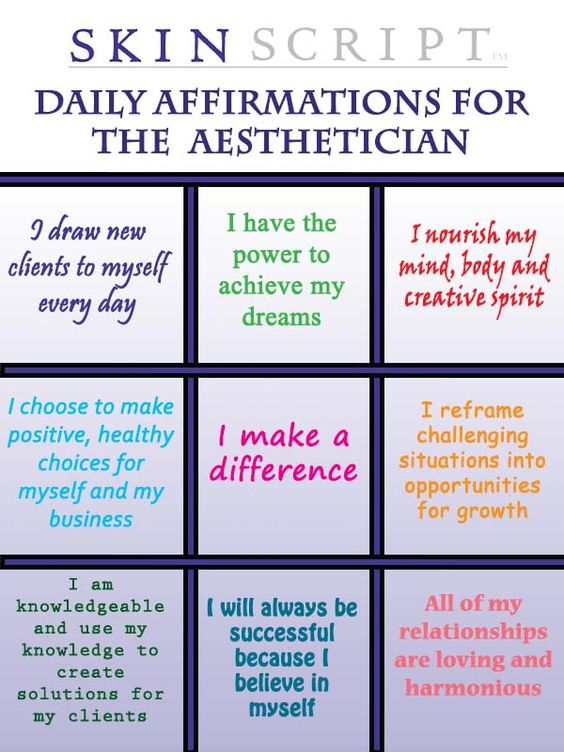



Recent Comments